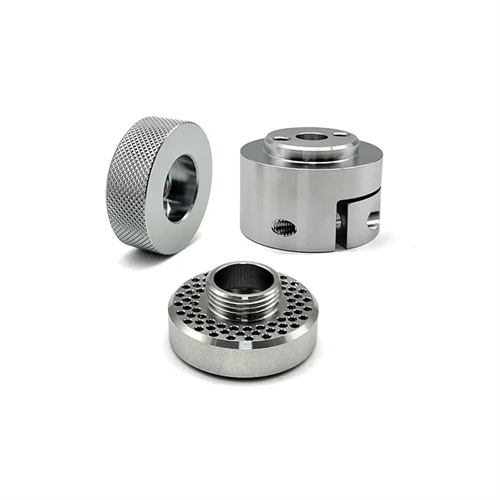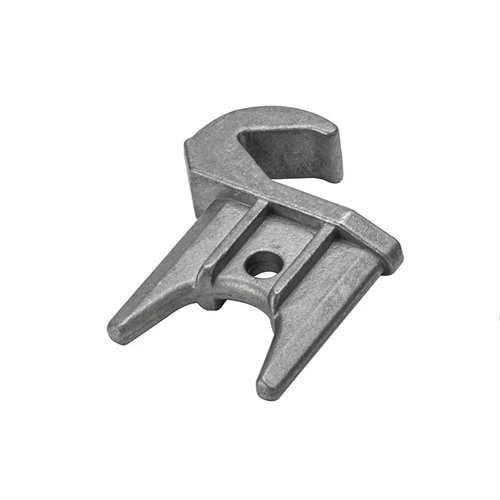Design of the Core Pulling Mechanism on the Bending Pin Side of the Die Casting Die
The design of a side core-pulling mechanism for a die-casting die’s bending pin is a key technology for meeting the demands of lateral forming for complex castings. Its core lies in achieving diverse core-pulling trajectories through the special geometry of the bending pin, meeting complex working conditions such as deep cavities, staggered side holes, or core-pulling at variable angles. The design process requires comprehensive consideration of core-pulling force, core-pulling distance, mold space, and casting precision requirements. Comprehensive optimization is performed from the bending pin’s structural parameters, slider fit accuracy, guide stability, to locking reliability to ensure long-term stable operation of the mechanism under high pressure and high temperature environments. Compared to traditional inclined guide column mechanisms, the design difficulty of the bending pin mechanism lies in matching the parameters of the broken line or arc-shaped working sections, as well as how to avoid interference and stress concentration during movement.

The structural parameter design of the bending pin is fundamental to the mechanism’s performance and must be determined based on the core-pulling trajectory and load characteristics. The bending pin’s fold angle or curvature radius must match the core-pulling path. For example, if vertical core pulling is required followed by horizontal core pulling, a 90° fold can be used. The lengths of the two working sections correspond to the vertical and horizontal core-pulling distances, respectively. The diameter of the bending pin must be calculated based on the maximum core-pulling force using the formula d = √(4F/(π[σ]bend)), where F is the core-pulling force and [σ]bend is the allowable bending stress of the material (200 MPa for Cr12MoV). For a core-pulling force of 50,000N, the diameter must be ≥√(4×50,000/(3.14×200))≈17.8mm, with an actual value of 18mm. The fixed section of the bending pin must be at least three times its diameter, and the working section must cover the entire core-pulling path. The diameter of the head guide section should be 0.5-1mm smaller than the working section to ensure smooth fit with the guide hole of the slider.

The design of the slider and bent pin’s fit directly impacts motion accuracy. The shape of the slider’s guide hole must perfectly match the bent pin’s working section. For a curved bent pin, the guide hole must maintain an angular error of ≤0.5° between the two straight segments, while for an arc-shaped bent pin, the curvature radius error must be ≤0.05mm. The clearance must be strictly controlled within 0.02-0.05mm. Too little clearance can cause sticking, while too much can affect positioning accuracy. The slider’s guide section utilizes a T-shaped or dovetail design, with a clearance of 0.01-0.03mm in the guide groove. The guide length to slider width ratio should be no less than 1.5 to ensure smooth motion. The slider is made of quenched and tempered 45 steel (28-32HRC), and the guide hole surface is hardened to a hardness of 50-55HRC with a surface roughness of Ra 0.8μm or less to minimize friction and wear with the bent pin.

The design of the guiding and positioning system is key to ensuring the stability of the mechanism. The guide runner must be either a monolithic or segmented structure, with a length 2-3 times the slider stroke and a parallelism error of ≤0.02mm/100mm. A lubrication groove is provided at the bottom of the guide runner for regular addition of high-temperature grease. For molds used in continuous production, a forced lubrication device can be installed. The positioning device locks the slider after core pulling. Spring-ball positioning is suitable for light loads, with a steel ball diameter of 3-5mm and a spring compression of 5-8mm. Stopper positioning is suitable for heavy-load sliders. The stopper is made of quenched 40Cr (40-45HRC), with a contact area of ≥80% with the slider and a positioning accuracy of ≤0.05mm.

The locking device must be designed to resist lateral pressure from the molten metal. The angle of the wedge block’s bevel should be 2°-3° greater than the equivalent angle of the bending pin’s working section. For example, if the bending pin’s equivalent angle is 20°, the wedge block should be 22°-23°. The wedge block should be made of quenched Cr12MoV (55-60 HRC), with a contact area of ≥70% with the slider, and a surface roughness of Ra 0.8μm or less. The locking force must be 1.5-2 times the lateral force, calculated as Fside = P × A (P is the specific pressure of the molten metal, and A is the lateral projection area of the core). For large molds, a symmetrical arrangement of two wedge blocks can be used to reduce uneven force on the slider.

The reset system must be designed to ensure the slider accurately returns to the molding position. A bent pin forced reset system is suitable for most applications. It utilizes the reverse motion of the bent pin during mold closing to drive the slider, achieving a reset accuracy of ≤0.03mm. For sliders with long strokes, a reset spring can be added as an auxiliary. The spring rate is determined by the slider’s weight and resistance to movement, with a pre-compression of 10-15mm. A stop block is placed at the reset endpoint, with a clearance of ≤0.02mm from the slider to ensure accurate core positioning.
